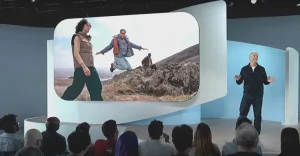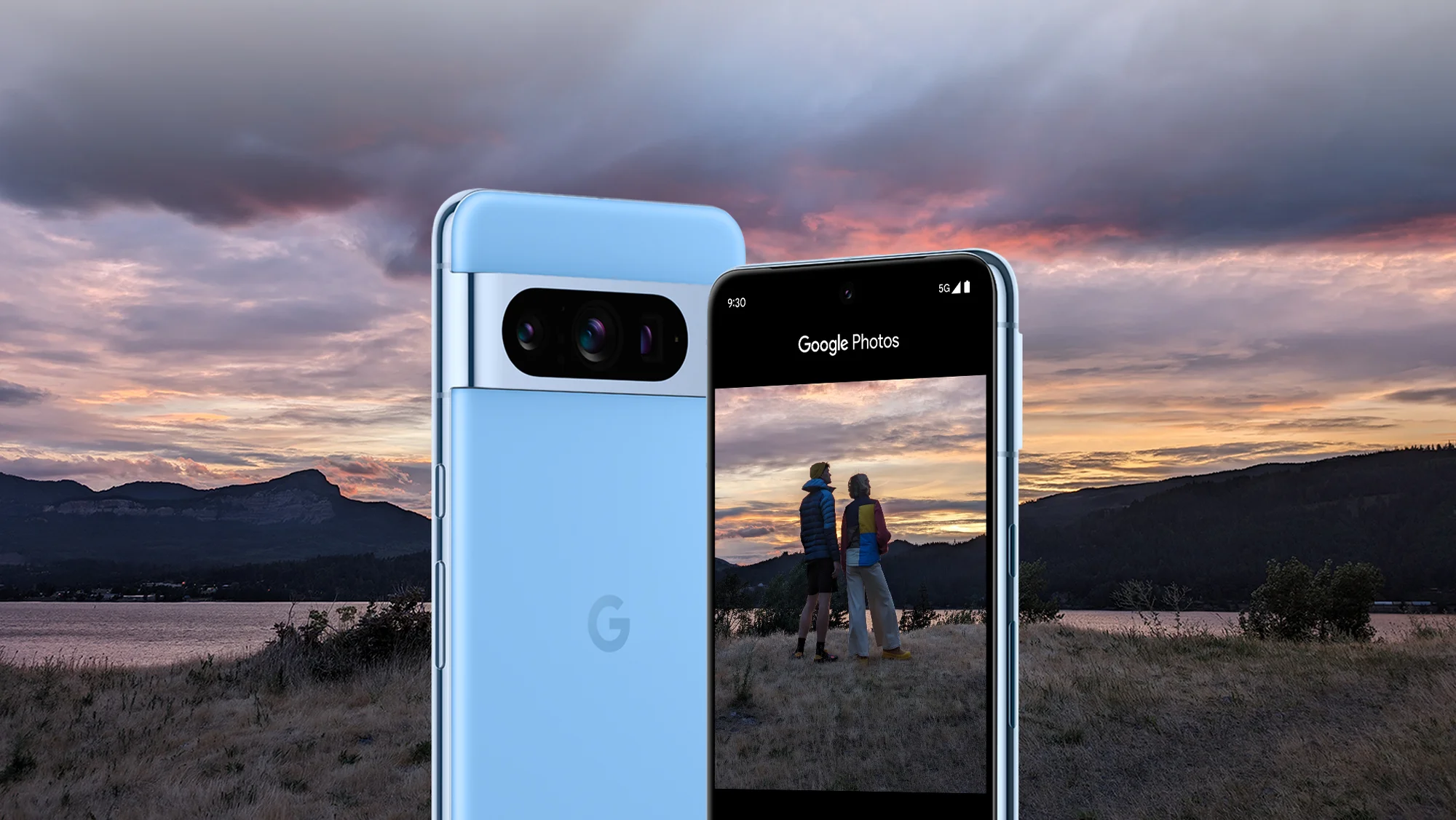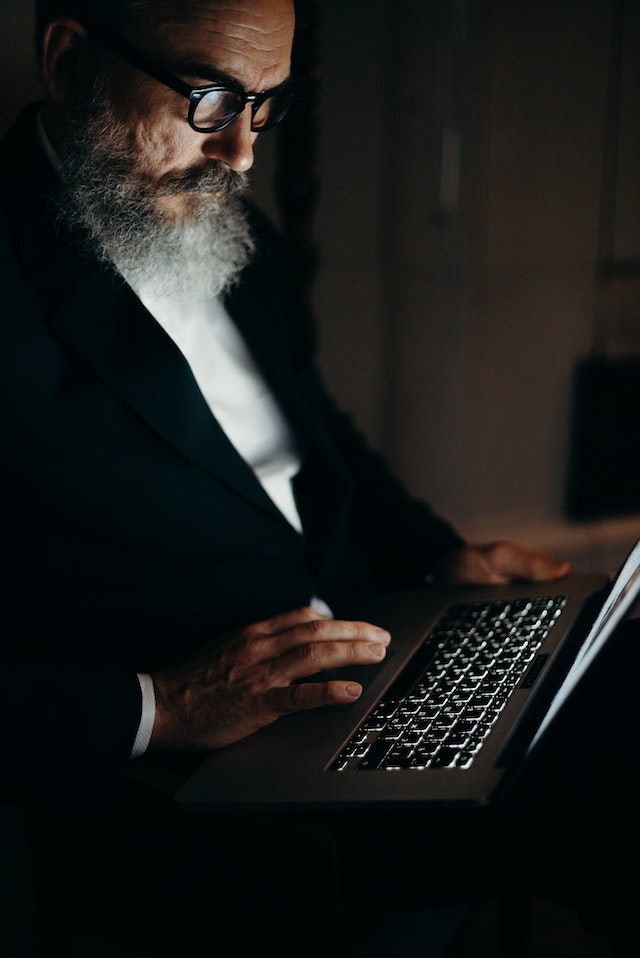Pixel 8’s AI Photography Tools: Unveiling the Era of Unreal Photos
Smartphone cameras have come a long way in the past five years, thanks to advances in computational photography. This cutting-edge technology combines algorithms, artificial intelligence, and powerful sensors to deliver high-quality, lifelike images. The result? A world where everyone can capture stunning photos that rival the work of professional photographers. But with great power comes great responsibility, and as we step into this new era of smartphone photography, we’re also venturing into uncharted territory. The arrival of generative AI in smartphone cameras, exemplified by Google’s Pixel 8, is causing ripples in the world of photography, raising questions about the authenticity of the images we capture.
The Pixel 8’s Game-Changing AI
Google, a pioneer in smartphone photography, is set to release the Pixel 8, a $700 phone equipped with a suite of AI-powered photo editing tools. This isn’t just your run-of-the-mill editing software that tweaks brightness and sharpness; it uses AI to create or remove elements from photos to give you the perfect shot.
Pixel 8’s Magic Editor: Creating the Unreal
Imagine taking a photo where a person’s shoulder gets accidentally cropped out. With the Pixel 8’s Magic Editor, you can effortlessly move that person within the image, and the AI takes care of the rest, creating a seamless shoulder.
Erasing Photobombers with a Tap
Have you ever taken a great picture of a friend in front of a historic monument, only to have it ruined by photobombers? The Pixel 8’s editing tool lets you select these unwanted intruders and make them disappear in seconds, while the AI generates a clean background.
Google has incorporated these AI editing tools into Google Photos, available for Android and iPhone users, boasting more than a billion users. The Pixel 8 is leading the charge by making AI editing accessible, potentially paving the way for other devices to follow suit.
This introduction of generative AI in smartphone photography has raised concerns and excitement in equal measure. It marks a significant shift in our perception of photography, forcing us to question the authenticity of the images we see and share, even those of our loved ones.
Is This a Boon or a Bane?
“This is a really big moment that will change a lot of things in imagery,” remarked Ren Ng, a computer science professor at the University of California, Berkeley. He teaches courses on computational photography and believes that we are entering a new era where a photograph may no longer be a visual fact.
But is this change a good thing? To find out, I decided to put the Pixel 8’s AI capabilities to the test. I captured and edited numerous photos, and the results left me both impressed and uncertain about the merits of creating fake photos. Here’s what I discovered:
Exploring AI Image Enhancements
In my quest to unravel the capabilities of the Pixel 8, I decided to give its AI editing tools a spin. Armed with my camera, I captured a new set of images, unveiling both the promises and pitfalls of this technology.
Erasing the Unwanted: A Surprising Success
One image depicted a picturesque garden scene, with a sudden intrusion—a pesky garden gnome that had wandered into the frame. Using the Pixel 8’s Magic Editor, I outlined the gnome, and the AI’s performance was nothing short of remarkable. It seamlessly replaced the garden gnome with lush greenery, making the image even more enchanting.
A Shifting Perspective: Mixed Results
In another scenario, I snapped a photo of a stunning sunset over a tranquil lake. However, the lake’s edge appeared somewhat skewed in the frame. My attempt to shift the perspective resulted in partial success—the right side of the lake’s shore was realigned smoothly, but the left side displayed a minor distortion.
An Unexpected Transformation: The AI’s Creative Flair
Perhaps the most intriguing experiment involved a photo where the sunset’s brilliance had inadvertently obscured a picturesque sailboat. My goal was to see if the AI could restore the sailboat to its former glory. The AI’s rendition, though unexpected, was nothing short of creative—it transformed the sailboat into a fantastical galleon with majestic billowing sails.

Seeking Perfection: The “Regenerate” Button
In cases where results were less than desirable, Google offers a “Regenerate” button for a second attempt. Despite multiple tries, the outcomes remained consistently far from ideal, emphasizing the technology’s early stage.
Vanishing Act: An Unsettling Experience
In another image, a bustling street scene was marred by the presence of intrusive elements—stray pigeons scattered across the frame. I decided to employ the AI to erase these avian intruders. The AI’s performance was effective, but it left me with an eerie feeling, reminiscent of the unsettling “snap” scene from Avengers: Infinity War.
Acknowledging the Evolving Technology
Google recognizes that these AI editing tools are still evolving. In a statement, the company noted, “This feature is in its early stages and will not always work flawlessly. We eagerly welcome user feedback to continually enhance our models.”
To Use or Not to Use
My feedback on this is clear: I don’t believe that these AI editing tools should be so prominently featured in a flagship smartphone’s Photos app, especially in their current imperfect state. As the technology matures, we must also address broader issues, such as the ethical dilemmas surrounding artificial images.
Editing photos to enhance clarity and brightness can improve an image without altering its essence. However, adding artificial elements to a photo crosses a significant threshold, turning an image into a fake. Using these AI tools to create and share photos could contribute to the spread of fake content online, a concerning prospect in an era already plagued by misinformation and trust issues.
Dr. Ng, the computer science professor, emphasizes the need to use generative photography technology responsibly, especially now that it has found its way into smartphones. He sets his own boundaries and mentions, “Anything that touches a hint of authenticity for me as a photographer would be very problematic.”
As for me, I might use these AI photography tools to remove visual distractions, like photobombers, from photos shared with family. However, even then, I would use these tools sparingly and refrain from posting the fakes online.
FAQs
1. Can I use the Pixel 8’s AI editing tools on any smartphone?
As of now, these AI editing tools are exclusive to the Pixel 8, but Google’s integration of generative AI into smartphone photography may pave the way for similar features on other devices in the future.
2. Are there any ethical concerns with using AI to create or alter photos?
Yes, there are ethical concerns surrounding the use of AI to create or manipulate photos. When artificial elements are added to images, it blurs the line between reality and fiction, which can contribute to the spread of fake content and misinformation.
3. How can we use generative photography technology responsibly?
Using generative photography technology responsibly involves setting personal boundaries. It’s essential to consider the authenticity of an image and avoid using AI editing tools to create deceptive content. Use these tools thoughtfully and sparingly.
Conclusion
Smartphones have come a long way in revolutionizing photography, offering powerful AI-driven tools that can create or alter images with remarkable precision. While this technology is a game-changer for photography enthusiasts, it also raises significant questions about the authenticity of the images we capture and share. The Pixel 8’s AI editing tools are a glimpse into the future of smartphone photography, but they come with the responsibility to use them thoughtfully and ethically. As we venture further into this new era of generative AI, it’s crucial to strike a balance between creativity and authenticity, ensuring that our photos remain a true reflection of the moments they capture. The age of unreal photos may be upon us, but it’s up to us to decide how to use this technology wisely and maintain the integrity of our visual storytelling.










